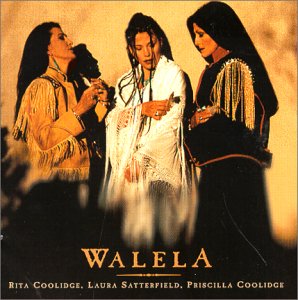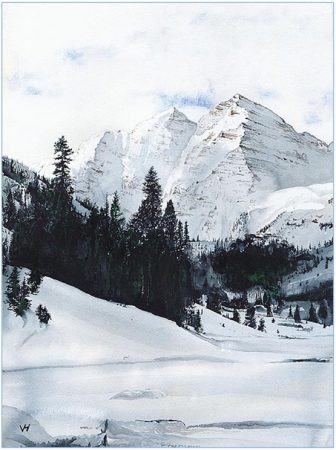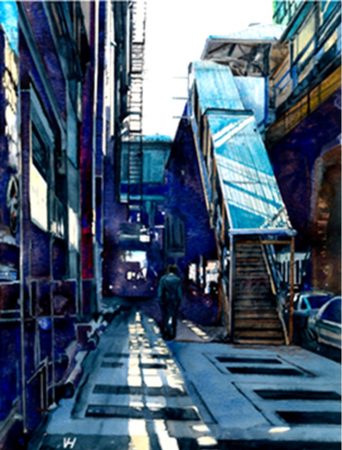
We're gonna put on our wings and fly
Perspectives of a Colorado Curmudgeon on topics ranging from Basketball to Music to Science & Religion to Travel to Memories, touching on a bit of everything.



This is the second in my series of recognizing special friends while they are still with us. Don's bio is below, and I first met him during the CU-Colorado Springs phase of his career. He was a founding faculty member in the biology department, and Don was 'old school' in some ways, particularly his biological illustrations. Before his lectures, he would go to the classroom and draw exquisite color chalk artwork of the subject at hand, often botanical in nature. After a while, he realized that he could make a decent living pursuing his water color art without the travails of teaching, research and service at an underfunded campus! Don's specialties are Chicago and the Indiana Dunes, and I don't think that anyone else captures the greyness of
Chicago quite like Don. We have a wonderful watercolor of the Indiana Dunes hanging in our front entryway [and maybe I will get a picture of it posted here sometime]. Below are several of his watercolors of Chicago, and if you ever have a chance, be sure to see one of his originals. Yong Chen called his Chicago paintings "strikingly beautiful renditions of ugly scenes."

Here is a Van Horn Bio by Mel Barton:
Donald Howard Van Horn was born in
Hinsdale, Illinois in 1928, and grew up in Western Springs, a suburb of
Chicago. Van Horn became interested in biology early in college when he
visited the Indiana Dunes, which were referred to as "the birthplace of
American ecology" as a result of early work by Dr. Henry Cowles. He
became interested in the plants and particularly the birds at the Dunes.
He graduated from Kalamazoo College in 1950 with a Bachelor's degree
in biology and from the University of Illinois, Urbana, in 1952 with an
M.S. in Zoology, focusing on ornithology. During his time at Kalamazoo
and Urbana, he studied watercolor painting on an informal basis with Charles Vickery,
an emerging marine painter. When he was drafted into the U.S. Army in
1953, Van Horn switched from watercolor to 35mm color photography.
Van Horn returned to graduate school at the University of
Colorado-Boulder in 1956, to study with Dr. Gordon Alexander. He
originally intended to study birds, but ended up participating in
Alexander's NSF-funded grasshopper survey from 1958-1960. Van Horn's
doctoral dissertation on differentiation of grasshopper populations by
the morphology of the male sexual organs was based on data from
specimens collected during the survey. In addition to participating in
the survey's scientific work, Van Horn also photographed fieldwork,
survey members, and specimens collected. These provide a snap shot into
the 1958-1960 survey and are present throughout this web site. In 1961,
Van Horn was awarded a Ph.D. in Zoology from the University of
Colorado.
After receiving his Ph.D., Dr. Van Horn taught at Lake Forest College
(1961-1962), Utica College of Syracuse University (1962-1965), and the
University of Colorado-Boulder (1965-1966), as well as participated in
the NSF Summer Science Institute for high school teachers and students
at Colorado College. When the University of Colorado-Colorado Springs
(UCCS) was opened in 1966, Dr. Van Horn was invited to apply for a
faculty position as one of the founding members of the UCCS biology
department. During this time, Dr. Van Horn was able to use the
expertise in grasshoppers he gained on the Alexander survey in the
Grasslands Biome Project, another ecological study based at Colorado
State University. He taught at UCCS until 1985, when he retired and
focused his energy again upon art.
Dr. Van Horn had taken up watercolor painting again in 1976, and
entered several competitive shows between 1977 and 2007. He won several
prizes, including the silver medal in the 2003 American Watercolor
Society Exhibition, and became a signature member of four national
watercolor societies.
He lives in Colorado Springs with his wife, and continues to be active in the art world.
